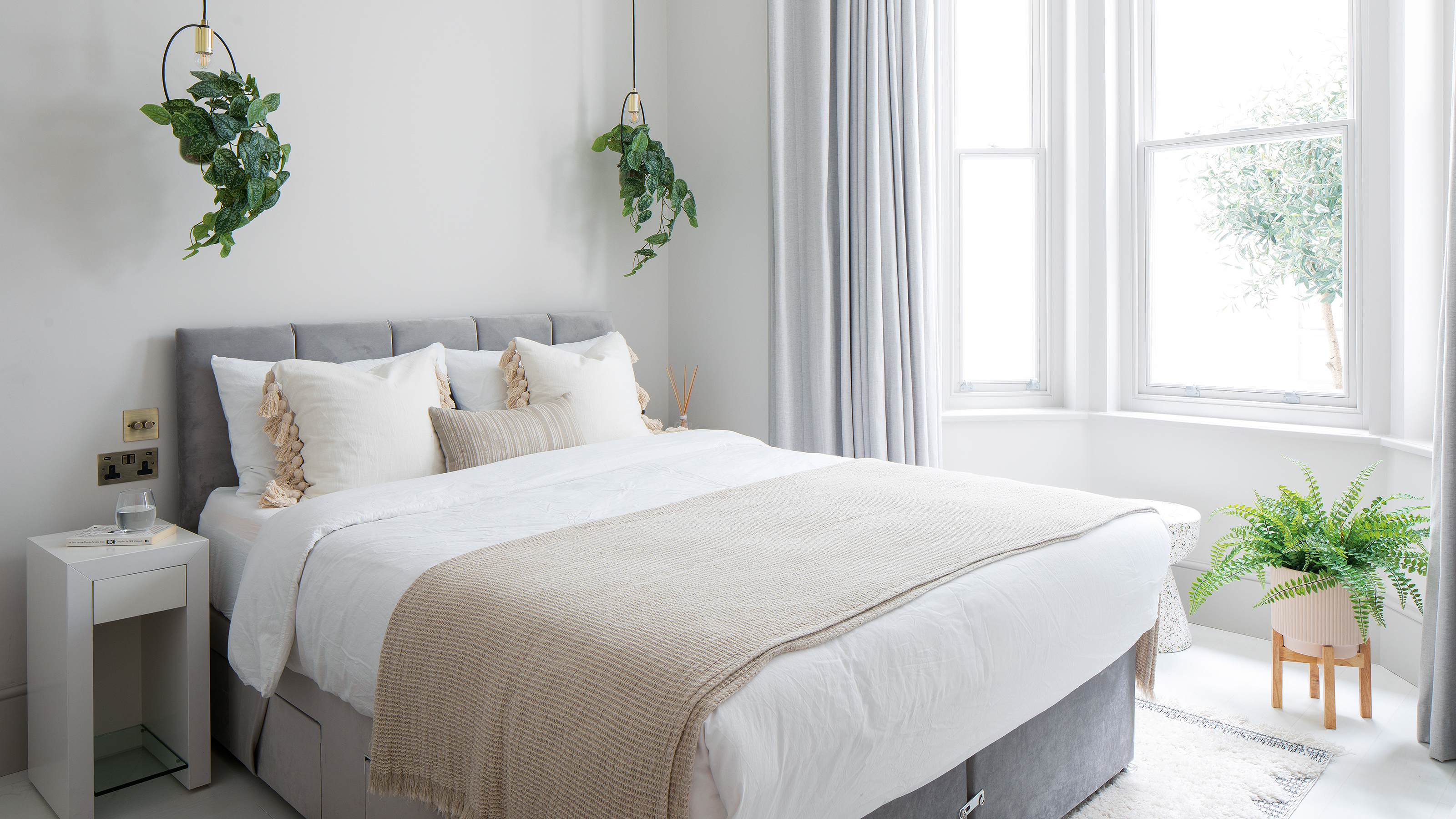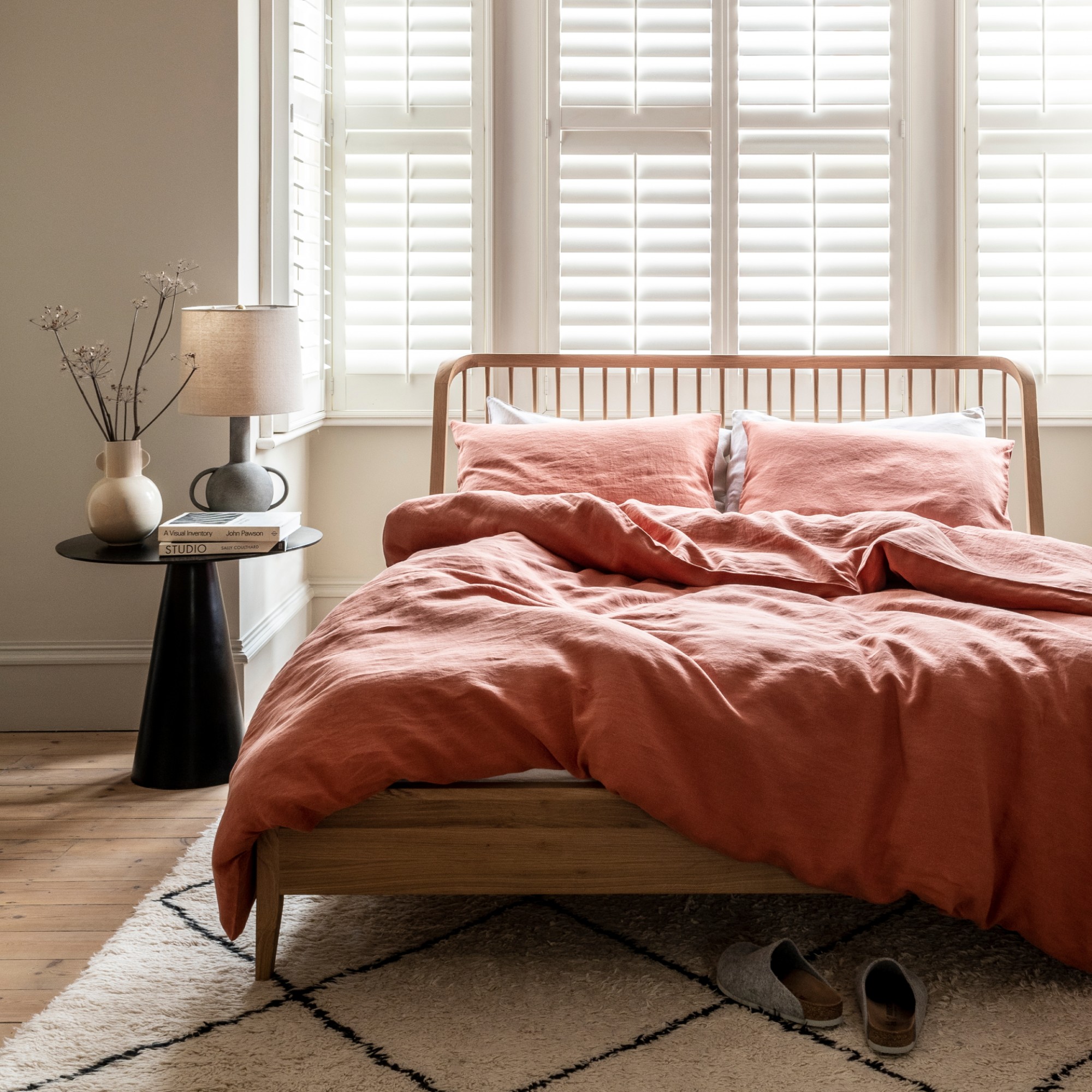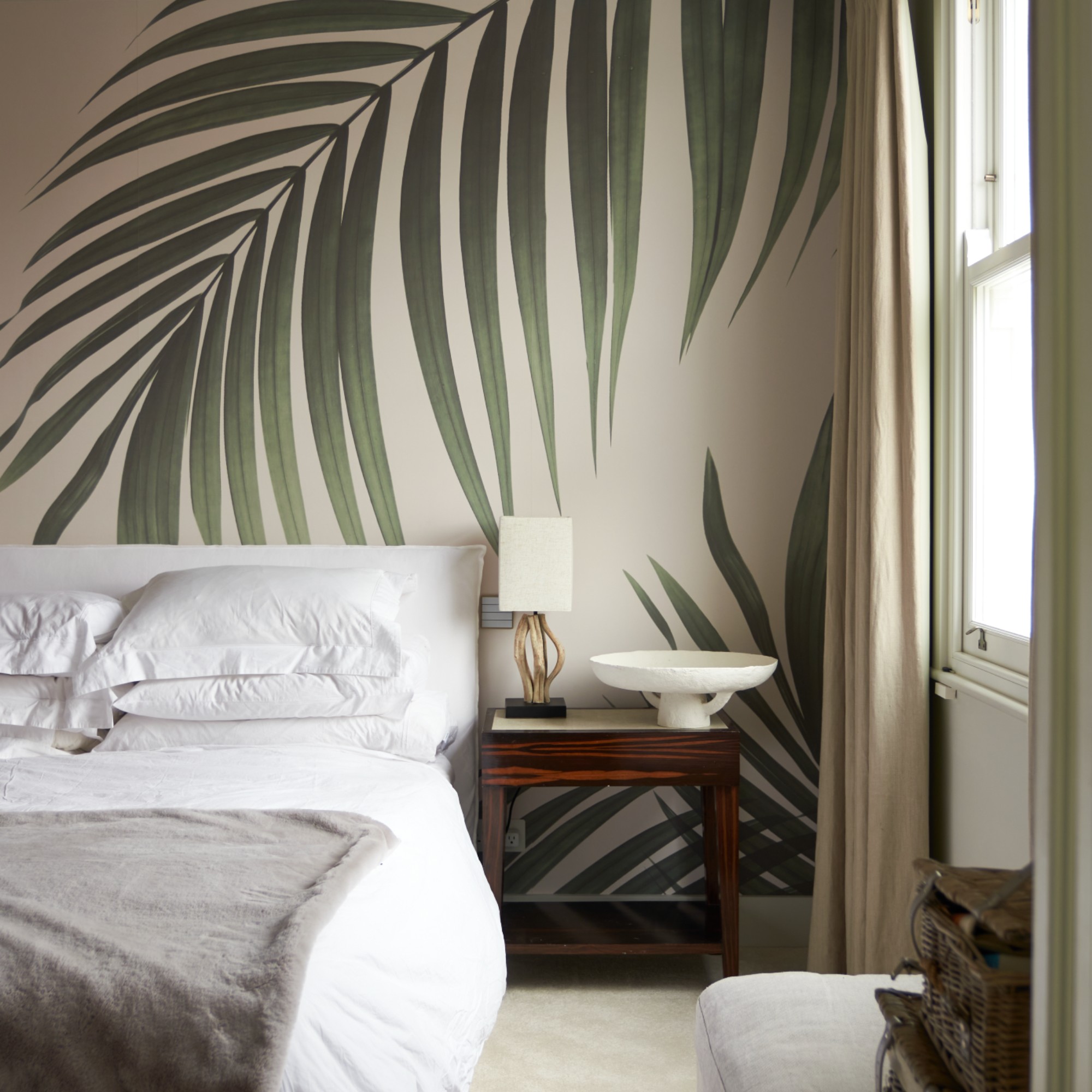Why it might *not* be a good idea to make your bed first thing in the morning
It may be your preferred way to start the day, but is it actually hygienic?


Making our beds as soon as we wake up is a habit that has been encouraged in most of us since childhood. Wake up, clean your teeth, make your bed – that’s the proper way to do things, right?
In fact, plenty of wellness experts also agree with this bedroom routine too, claiming that making your bed is a one-way ticket to feeling more productive, calm, and ready for the day ahead.
However, recently, some TikTok content creators have been offering up a counter-argument – claiming that making your bed as soon as you’re up for the day might actually be more unhealthy and unhygienic, and could be leaving your bed vulnerable to things like germs and dust mites.
Why shouldn’t we make our beds first thing?
TikTok user @yolkfather recently shared a video explaining that sometimes, our mattresses can contain dust mites - e.g. gross little bugs that can cause allergy symptoms such as sneezing and watery eyes.
She went on to argue that making your bed immediately creates the ideal environment for a dust mite to thrive in, given that placing the duvet cover neatly over your sheet and mattress can trap in more humidity (e.g, sweat, water, and heat).
@yolkfather ♬ original sound - Lexi Natoli
The video then explains that leaving your bed unmade could actually be a better option, as it exposes the depths of your covers to more sunlight and fresh air, effectively creating a healthier environment for you to sleep in.
But what do the experts think? Tracy Hannigan, a qualified sleep coach and therapist, told us that there is some truth to the idea. 'We do create a lot of moisture when we sleep, and so there is a school of thought that advocates for allowing the bed to air before making it to avoid mould spores, dust and mites (who are all in the bed with us) to have an easier time of reproducing.'
Get the Ideal Home Newsletter
Sign up to our newsletter for style and decor inspiration, house makeovers, project advice and more.
'Not making the bed doesn’t stop this from happening (and showering can only reduce it a bit) but delaying a while before making the bed can both help to reduce the reproductive speed of these organisms, and give us fresher sheets to get into.'

Martin Seeley, Sleep Expert and CEO of Mattressnextday agreed that if your mattress/bedding is particularly sweaty from your night’s sleep (perhaps in summer), leaving your bed unmade for a little while could be a great way to create a healthier sleep environment.
'Making your bed first thing in the morning can potentially trap sweat and germs if your bedding is damp, or if there is moisture trapped in your mattress or pillows. And this can create an environment for bacteria and allergens to grow and multiply,' he said. 'However, if your bedding and mattress are clean and dry, making your bed should not significantly trap sweat and germs.'
So if we want to avoid potentially trapping in any less-than-pleasant bedfellows, what should our bed-making routine look like?

'I would advise waiting a little while before making your bed, just to ensure that the inside between the sheets and duvet has been aired out - remember you have been sleeping in your bed for 8 hours or more,' Martin said.
'I would advise allowing a good 40 minutes to an hour (depending on how long you have in the mornings) to let your bed breathe.'
And that’s not the only thing you can do to try and create as hygienic an environment as possible. Martin told us, 'Additionally, using a mattress protector can help prevent sweat and other liquids from seeping into your mattress.'
'You should also open a window if you can, to help get some fresh airflow into the room which will help with airing out any trapped germs.'

Amy Hunt is an experienced digital journalist and editor, now working in a freelance capacity specialising in homes and interiors, wellness, travel and careers. She was previously Lifestyle Editor at woman&home, overseeing the homes, books and features sections of the website. Having worked in the industry for over eight years, she has contributed to a range of publications including Ideal Home, Livingetc, T3,Goodto, Woman, Woman’s Own, and Red magazine.
-
 Wood drenching is the calming new twist on the colour drenching trend – here’s how to make the look work in your home
Wood drenching is the calming new twist on the colour drenching trend – here’s how to make the look work in your homeIt’s easier than ever to embrace natural materials
By Maddie Balcombe
-
 Aldi is launching a £200 day bed with four different features - its sleek design is suited to the whole family
Aldi is launching a £200 day bed with four different features - its sleek design is suited to the whole familyYou don't want to miss out on this Specialbuy
By Kezia Reynolds
-
 How to set up a drip watering system that saves water and a lot of effort
How to set up a drip watering system that saves water and a lot of effortKeep your plants hydrated (and your water bill down) with this clever garden watering solution
By Natalie Osborn